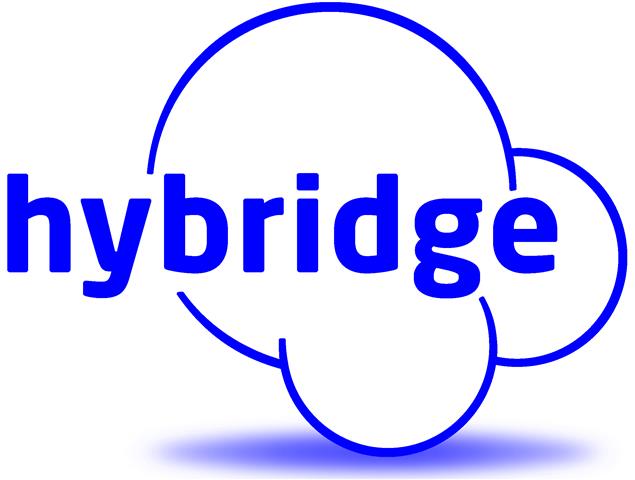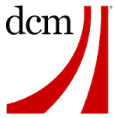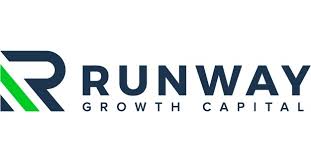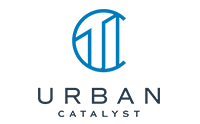In the age of digital transformation and data breaches, businesses of all sizes are constantly grappling with the challenge of maintaining the trust of their clients and partners. One way to build and maintain this trust is by obtaining certifications that vouch for a company's cybersecurity practices. SOC 2 certification is one such standard. But does it make sense for your business? Let’s dive in.
What is SOC 2?
System and Organization Controls 2 (SOC 2) is a framework developed by the American Institute of CPAs (AICPA) that defines criteria for managing customer data based on five trust service principles:
- Security: Protection against unauthorized access (both physical and digital).
- Availability: Systems are available for operation as committed or agreed.
- Processing Integrity: Processing is complete, accurate, timely, and authorized.
- Confidentiality: Data is classified and protected as committed or agreed.
- Privacy: Personal information is collected, used, retained, and disclosed in conformity with a company’s privacy policy.
Unlike its counterpart SOC 1, which pertains primarily to financial reporting, SOC 2 is specifically designed for service providers that store, process, or transmit customer data.
Pros of Obtaining SOC 2 Certification:
- Builds Trust: In an era where data breaches are rampant, having SOC 2 certification signals to your clients that you prioritize the security, availability, and privacy of their data.
- Competitive Edge: As businesses become more security-conscious, many companies prefer or even mandate that their vendors have SOC 2 certification. Having it can be a differentiator in a crowded market.
- Improved Security: Going through the SOC 2 audit process forces a company to analyze and bolster its data security procedures, leading to better protection against potential breaches.
- Reduced Legal & Compliance Risks: Meeting SOC 2 requirements can help businesses align with other regulations and standards, reducing the risks of non-compliance fines and legal complications.
- Greater Insight: SOC 2 can provide management with a clearer view of the organization’s IT and data landscape, allowing for more informed decisions about security and risk management.
Cons of Obtaining SOC 2 Certification:
- Cost: Obtaining and maintaining SOC 2 compliance can be costly. This includes the initial assessment, compliance platform, remediation activities, and recurring audits.
- Time-consuming: The process to become SOC 2 compliant can be lengthy, particularly for businesses that have not previously had a robust data security framework in place.
- Potential Operational Disruptions: Addressing gaps identified during the SOC 2 assessment may require changes to operations, which can disrupt day-to-day business activities.
- Not a One-Time Effort: Maintaining SOC 2 compliance requires periodic reassessment and potential modifications to processes, which means ongoing effort and resources.
- Doesn’t Guarantee Immunity: While SOC 2 provides a robust framework for data security, it does not guarantee that a business will never experience a data breach.
Conclusion:
SOC 2 certification offers a powerful testament to a business's commitment to data security and privacy. While it comes with several tangible benefits, the decision to pursue this certification should be weighed against the associated costs and potential operational disruptions. For businesses in sectors where data security is paramount or for those looking to differentiate themselves in a competitive marketplace, SOC 2 might be a logical next step. However, companies should understand that it's not just a badge to wear but a continuous commitment to upholding the highest standards of data management.
Hybridge has partnered with Vanta to reduce the cost and time associated with earning SOC 2 certification and maintaining your infrastructure in compliance. If you are interested in learning more about our SOC 2 offering, please contact our COO Claudia, her email is Claudia at Hybridge.com
Share this blog:









